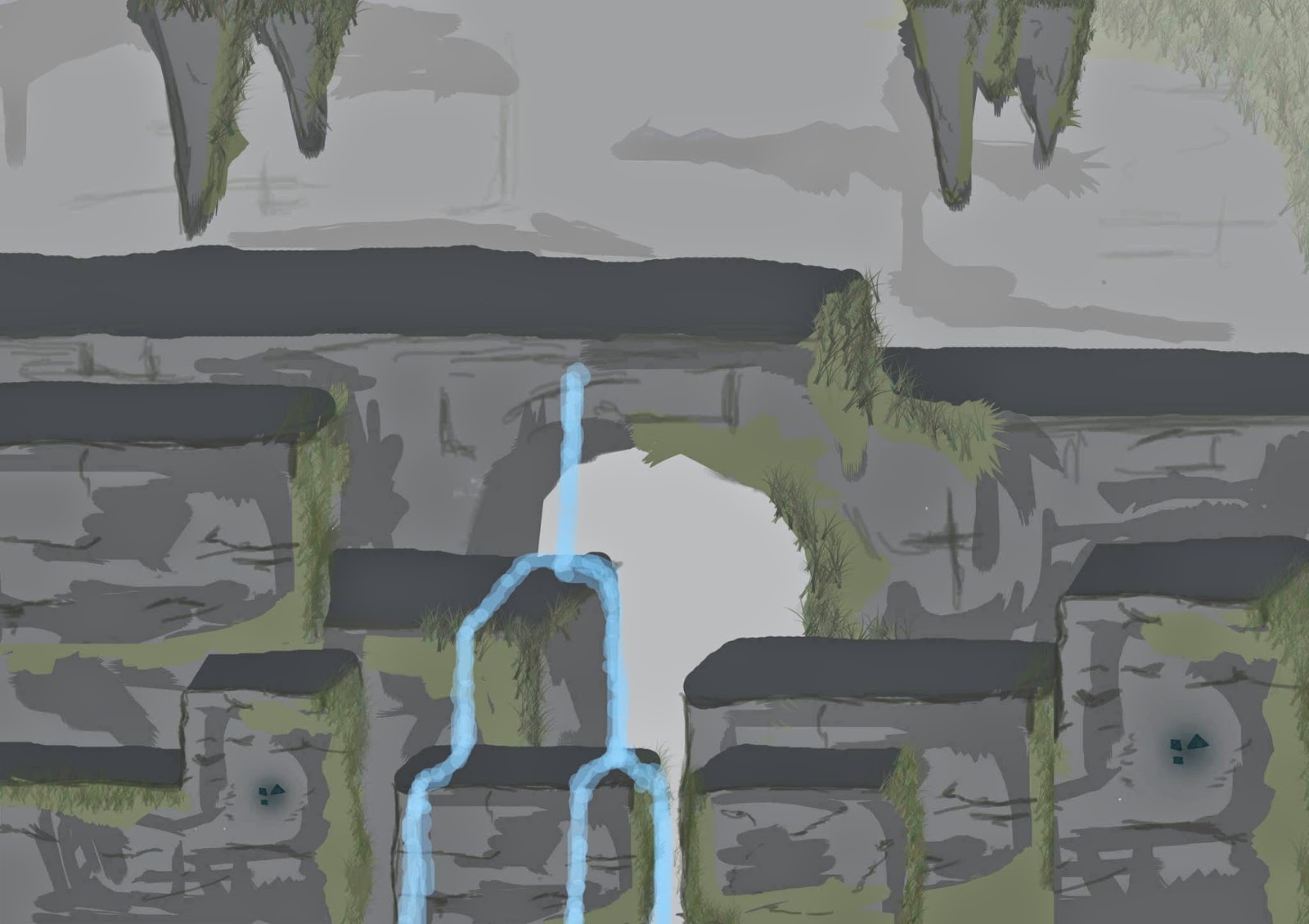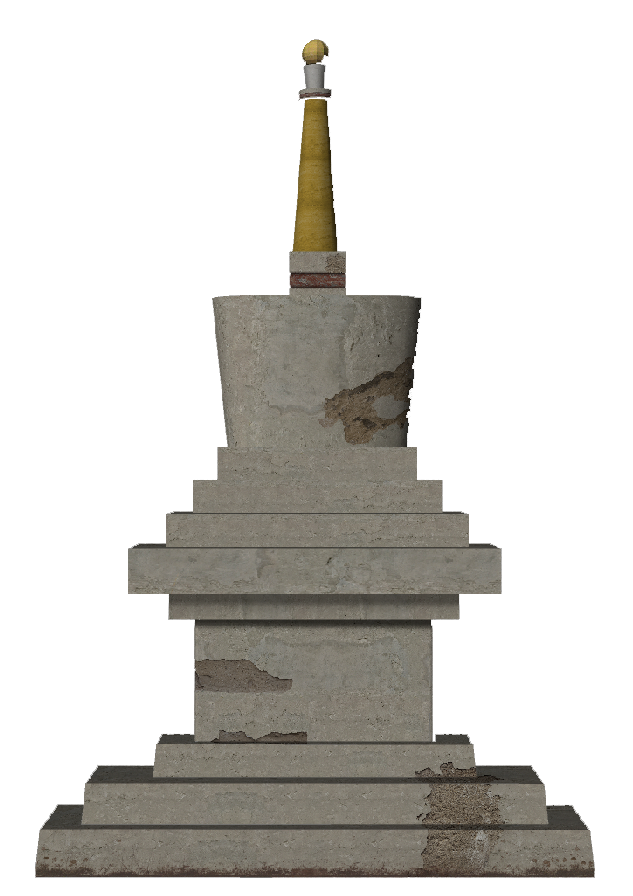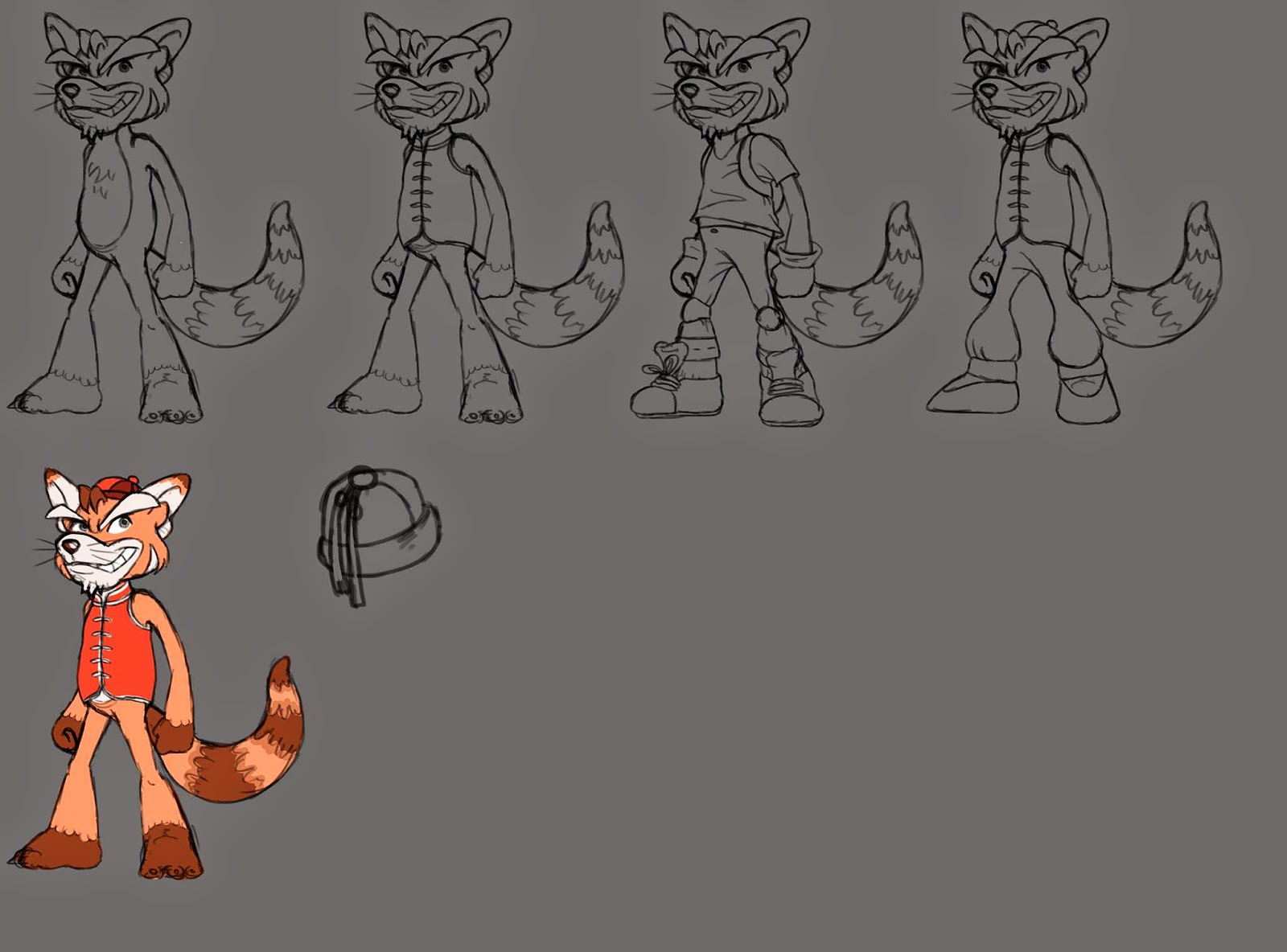most effective way to retain information is through action hence being part of a game. how we can remember features in a game but not from a classroom?
with the fear of failing being so apparent in the classroom, at least failing in a game can be anonymous or easy and simple to start again.
games that specialize in puzzles, problem solving, hand-eye coordination, general motor skills, foreseeing problems before they arise, all are beneficial.
Minecraft in particular, open plan world, freedom to do anything, encourage creativity. tools for architecture, engineering.
Sim city (world peace table top game) teaching you to think realistically about the future, teaching useful information about economy, society, environment.
Civilization teaching history, events, characteristics, resources available at that time.
Story/alternative world teaching new ways of thinking, Bioshock, suggests new ideas to provoke independent thinking.
teachers working together with games devs. because thats the way society, technology has headed.
-I am looking to write about how and will games further progress the way we educate children.
Michael John - GlassLab - http://glasslabgames.org/
-What is it that makes games memorable. Why can someone remember something insignificantly detailed about a game and not something in the class room?
Human psychology tells us that players should enjoy a game that satisfies the need for control, bestows a sense of one's progress, and fosters relationships with friends and others encountered. Yet gamers differ in their individual needs. Each person has their own "player personality" and this variation has spawned a vast industry designed to meet different motivations. Some may want to release aggression (Call of Duty), escape reality (World of Warcraft) or oversee building projects (Minecraft). Others are more motivated by in-game rewards, or have a high "loss aversion" and so find a challenging game unfair or frustrating (while others find it thrilling). A game like Flappy Birds, will most appeal to those who are attracted by repetitive actions, difficulty and have a low loss aversion. Those who have a high loss aversion, however, will find it infuriating.
http://www.economist.com/blogs/babbage/2014/02/electronic-entertainment
-After posting a question on facebook to look for a responce from the public on what they have learnt from games and how they influenced them I got a variety of responses, some that I did not expect at first and this made me wonder what is it about these games that make complex information sink in to the players mind with have to forcefully go over the information numerous times.
Twitter Conversation
Everyone learns differently too and if that's not taken into consideration then the classroom environment can seem one sided. @ArtofMelC
-Can we structure a lesson in the same way we structure a game. We know that people respond and take in information better if they are enjoying and are engaged in the experience but can we take a classroom and give the students the tools to teach themselves to get a desired outcome?
-As the years move on our current ways of teaching are slowly becoming outdated even if some refuse to see it. We need to take a step back and seek out and reconise methods that are working and appealing to the students in order to achieve the results.
-educate teachers about games being a learning tool as well as the students. Work with game dev's to create complelling games for schools.
http://www.ted.com/talks/elizabeth_gilbert_success_failure_and_the_drive_to_keep_creating?utm_source=facebook.com&utm_content=awesm-publisher&utm_campaign=&awesm=on.ted.com_j0C95&utm_medium=on.ted.com-facebook-share
http://vimeo.com/86920129
http://www.polygon.com/2014/4/24/5649926/classroom-games-are-likely-to-fail-if-teachers-arent-on-board
http://www.huffingtonpost.com/marjorie-hansen-shaevitz/video-games-good-kids_b_1974015.html
http://dh101.humanities.ucla.edu/DH101Fall12Lab4/archive/files/6070f0882cc89baa5a12992aaea56028.pdf
http://www.polygon.com/features/2014/4/24/5636832/glasslab
http://mashable.com/2014/04/23/autism-simulations/#:eyJzIjoiZiIsImkiOiJfZDJhZWRjcGp3M2IxamI5YiJ9
http://www.polygon.com/2014/4/25/5647136/video-game-stories-plot
http://glasslabgames.org/
https://www.ted.com/talks/john_hunter_on_the_world_peace_game
http://www.economist.com/blogs/babbage/2014/02/electronic-entertainment
http://www.huffingtonpost.com/2013/05/22/people-getting-dumber-human-intelligence-victoria-era_n_3293846.html
http://www.edutopia.org/made-with-play-game-based-learning-minecraft-video
****Training
http://electronics.howstuffworks.com/surgeon-video-game1.htm
http://www.nih.gov/researchmatters/september2013/09162013training.htm
http://www.theguardian.com/science/2013/sep/04/brain-training-video-game-old-age
http://www.bbc.co.uk/news/magazine-23572742
http://www.instituteofplay.org/
http://www.ted.com/talks/elizabeth_gilbert_success_failure_and_the_drive_to_keep_creating?utm_source=facebook.com&utm_content=awesm-publisher&utm_campaign=&awesm=on.ted.com_j0C95&utm_medium=on.ted.com-facebook-share
http://vimeo.com/86920129
http://www.polygon.com/2014/4/24/5649926/classroom-games-are-likely-to-fail-if-teachers-arent-on-board
http://www.huffingtonpost.com/marjorie-hansen-shaevitz/video-games-good-kids_b_1974015.html
http://dh101.humanities.ucla.edu/DH101Fall12Lab4/archive/files/6070f0882cc89baa5a12992aaea56028.pdf
http://www.polygon.com/features/2014/4/24/5636832/glasslab
http://mashable.com/2014/04/23/autism-simulations/#:eyJzIjoiZiIsImkiOiJfZDJhZWRjcGp3M2IxamI5YiJ9
http://www.polygon.com/2014/4/25/5647136/video-game-stories-plot
http://glasslabgames.org/
https://www.ted.com/talks/john_hunter_on_the_world_peace_game
http://www.economist.com/blogs/babbage/2014/02/electronic-entertainment
http://www.huffingtonpost.com/2013/05/22/people-getting-dumber-human-intelligence-victoria-era_n_3293846.html
http://www.edutopia.org/made-with-play-game-based-learning-minecraft-video
****Training
http://electronics.howstuffworks.com/surgeon-video-game1.htm
http://www.nih.gov/researchmatters/september2013/09162013training.htm
http://www.theguardian.com/science/2013/sep/04/brain-training-video-game-old-age
http://www.bbc.co.uk/news/magazine-23572742
http://www.instituteofplay.org/




















































%5B1%5D.jpg)







